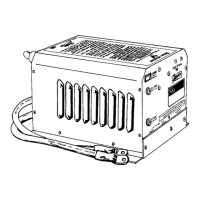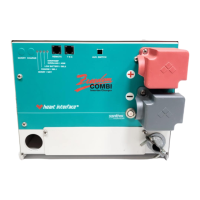What to do if there is little or no output from Freedom 25 Battery Charger?
- SStephanie MartinezAug 8, 2025
If your Freedom Battery Charger has little to no output, start by checking the wiring connections for both AC and DC. Also, low AC input voltage can lead to low DC output current. Be aware that reduced charger output is expected from generators under 3,500 watts.



